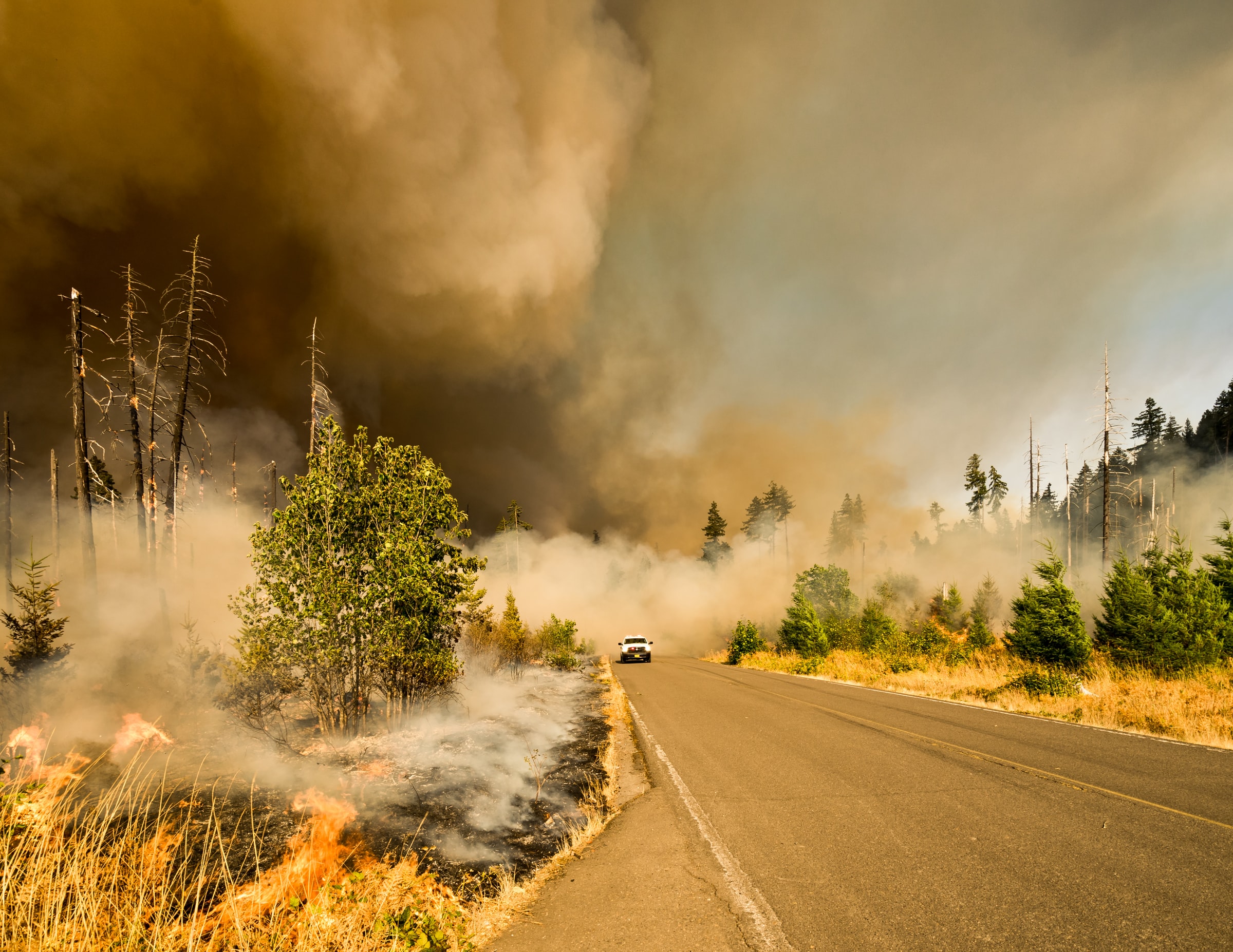
There have been more than 200 natural disasters in the United States since 1980. Spanning hurricanes, floods, tornadoes, wildfires, earthquakes, and more, these calamities have cost over $1.1 trillion in damages. As climate change becomes more of a growing concern, could the Internet of Things (IoT) offer some assistance in optimizing for these emergencies?
Deducing Imminent Disasters With Data
It’s not uncommon for natural disaster first responders to only gain insight into the actual situation when they arrive at the scene. A host of obstacles often impede any data acquisition efforts: overworked response systems, satellite or internet interruptions, and fragile communication channels, to name just a few. Emergency workers miss out on vital knowledge like the extent of damage done, which in turn informs how they notify the public and how to approach the situation as it stands.
The development of IoT sensors over the past few years has lent itself to be a viable solution for this lack of foresight. Sensors have advanced to the point that they could be systematically installed all over the area to act as the “eyes and ears” for emergency units. Parameters like air quality, temperature, humidity, and water pressure could all be continuously monitored.
Any time these parameters reach a dangerous level, the sensor network could notify emergency responders and broadcasters faster than any other method. For example, if an area was about to be flooded, the IoT network could deduce the best route for residents to use in the event of an evacuation.
Implementation Is Everything
At its most simplified level, the main idea is to use IoT to form an interconnected data network that can reach response teams rapidly. But in practice, how this is executed involves some nuances. For instance, flood-monitoring sensors must be strategically placed on areas that would identify critical threats to infrastructures, like bridges, utility poles, and levees. They must also be placed so that if one or more of the devices go down, it doesn’t disrupt the overall information flow of the network.
The versatility of a well-planned network pays off in dividends through the rich analytics that responders would receive. Of course, it could refine their coordinated strategies and on-the-ground tactics, but besides this, it would also be able to give personalized assistance to someone present in an at-risk area. Ideally, a person could inquire with an emergency communication channel, like a text line, about where to go in case of a natural disaster, and the network could give an automated response based on the data it is absorbing in real-time.
The Early Days of IoT Emergency Response
Some IoT-based emergency systems are already being employed across the country. Houston developers may recall the Consolidated Asset Portfolio and Sustainability Information System (CAPSIS) being used during Hurricane Harvey. CAPSIS was used in this event as well as the California wildfires last year to stream data back to the Department of Homeland Security’s headquarters in D.C. so they could assess the damage.
Another example is the recent rollout of an IoT infrastructure monitoring system in Wyoming. This pilot program was introduced by Wyoming’s Department of Transportation and connects vehicles to each other as well as to the infrastructure, allowing the state to have unparalleled observational abilities over road conditions. While not explicitly related to natural disasters, it can be assumed that similar programs will be integral to future IoT emergency systems.
Staying connected is the key to streamlining information, which is the main strength of establishing an IoT system for natural disasters. As global warming continues to have adverse effects on much of what makes these natural disasters possible, IoT may help mitigate the damage done in the near future if more of these networks are built out.





